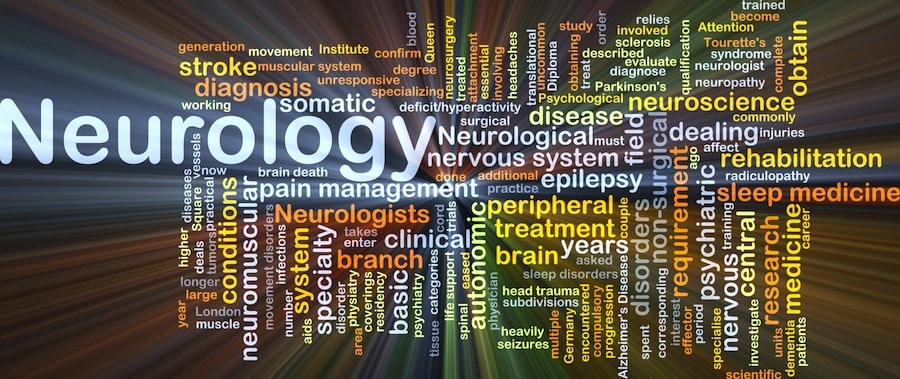Understanding Autonomic Nervous System Testing

Imagine if there was a simple, quick, and non-invasive test that allowed your doctor to test nearly every organ system in your body — all in the span of 20 minutes — in order to detect peripheral neuropathy before it becomes symptomatic. (As an aside, peripheral neuropathy is best described as nerve damage caused by a number of conditions, including autoimmune disease, diabetes, and exposure to toxins, inherited disorders, injuries, and vitamin deficiencies).
Now, thanks to the Autonomic Nervous System testing machine in use here at Restoration Healthcare, there is a simple 20-minute test like the one described above, and best of all, its use is usually covered by your existing health insurance!

Taking a step back for a moment, each of us possesses within our bodies an autonomic nervous system (ANS) that works with the involuntary parts of the body such as heart muscles, lungs, our digestive system and adrenal glands. Within this complex system are two key components:
- The sympathetic nervous system
- The parasympathetic nervous system
Why does this matter? You’ve likely heard the expression “fight or flight?” That’s where the sympathetic nervous system kicks in. If extreme danger is present, this system instantly activates, essentially girding your body for protection.
When threatened by physical danger, the sympathetic nervous system prompts an increase in heart rate, which results in an increase of needed oxygen and nutrients. At the same time, the liver releases glucose, which provides more energy to power the muscles. The digestive system is also impacted, because the body knows it can take up that function again when the danger is past.
In addition, when your body goes into “fight or flight” mode, the airways of the lungs become dilated, which allows even more air to enter the tiny air sacs at the end of the bronchioles. Finally, the body’s adrenal glands secrete epinephrine and norepinephrine, which provides a response to stress and an instant increase in alertness.
Once the danger has run its course, the body begins to settle down, with all the symptoms of the sympathetic nervous system reverting to their normal mode. In this stage, the parasympathetic nervous system takes over, relaxing the body and inhibiting or slowing down many high-energy functions, giving the body time to recover.
Whereas the sympathetic nervous system is a reaction to danger — thus the “fight or flight” description — the parasympathetic nervous system is more of a “rest and digest,” phase. And when these systems are working well, they can be literal lifesavers.
Here’s where ANS testing comes into play.
At Restoration Healthcare, we monitor the autonomic nervous system (ANS) for all new patients as part of our comprehensive initial examination, and we immediately treat those with whom we discover have an issue with sympathetic or parasympathetic overload — or underload.
To perform this examination, we use the aforementioned ANS testing machine that features highly sophisticated software, along with EKG, Pulse Ox and blood pressure readings — all gathered by wires that connected to the patient via probes that send signals back to the machine for analysis.
The ANS test give our medical staff early warning signs if something is going south, because the status of your sympathetic and parasympathetic nervous systems has been found to be an accurate marker for overall health. As a result, the test serves as an early detection system for serious health issues, and it is through this examination that Dr. Thomas S. Bakman and Dr. Sunny Raleigh can determine a diagnosis and a treatment plan.
Here’s how the ANS machine works:
- Once you are comfortably seated, wires are connected to your body and the machine is tested and verified as being ready for your ANS test
- Three EKG leads go onto each shoulder and left side of the stomach
- A blood pressure cuff monitor goes onto your left arm
- A Pulse Ox monitor goes onto your right index finger
- Data related to your current health and the meds you’re taking are inputted into the machine
- During the first five minutes of this 20-minute test, you sit perfectly still, doing absolutely nothing
- At certain intervals, the machine will ask you to “Commence deep breathing”
- The machine then guides you through a strained-breath air test
- The machine then asks you to stand for 4-5 minutes while it monitors your oxygen saturation
- Then the machine has you do a series of sits and stands
- Of course, trained Restoration Healthcare technicians are monitoring you the whole time
- At the end of the test, your results are tabulated and analyzed, and Dr. Bakman and Dr. Raleigh share them with you right then and there (unless of course you’re pressed for time, in which case they’ll discuss the results at your next appointment).
If you’re at all confused by what we’ve shared so far, just think of the ANS test as an early-warning detection system that’s used to set a marker on your current health. Whether you’re a healthy individual, performance athlete, or someone working on addressing a chronic illness, ANS testing assists us by helping to diagnose unrecognized conditions and by informing our treatment plan for targeting problematic areas through a functional and integrative approach to your rehab.

